 1995 Hyundai Lantra Dimensions, Size & Specs
1995 Hyundai Lantra Dimensions, Size & SpecsMeasurements of the 1995 Hyundai Lantra, engineered for optimal performance and comfort
| Dimensions | |
|---|---|
| Length: | 4420 mm174.0 in14.5 ft |
| Width: | 1700 mm66.9 in5.6 ft |
| Height: | 1393 mm54.8 in4.6 ft |
| Trunk Capacity: | 393 liter13.9 cu ft |
| Weight Specifications | |
| Curb Weight: | 1247 kg2749 lbs |
| Maximal permitted Weight: | 1685 kg3715 lbs |
| Tire Specifications | |
| Tire Size: |
|
The Hyundai Lantra (1995-2000) is a well-rounded compact sedan designed for practical urban commuting and comfortable family travel. Produced over five years, this generation of the Lantra showcases Hyundai’s focus on efficient space utilization and reliable performance. The car measures 4420 mm (174 inches) in length, 1700 mm (67 inches) in width, and 1393 mm (54.8 inches) in height, placing it solidly within the compact to mid-size sedan category of its time. With a curb weight of 1247 kg (2,748 lbs), the vehicle balances lightness with structural integrity for agile handling and fuel economy. The maximum weight capacity stands at 1685 kg (3,716 lbs), accommodating passengers and cargo with ease. A practical sedan, the Lantra provides a luggage capacity of 393 liters (13.9 cubic feet), enabling decent storage space suited for everyday needs and longer trips. The car runs on 195/60 R14 tires, which contribute to its stable road grip and comfortable ride quality. Overall, the 1995-2000 Hyundai Lantra sedan represents a compelling choice for drivers seeking a reliable, moderately sized vehicle with ample interior space and efficient dimensions suitable for a wide range of driving environments.
Discover the standout features that make the 1995 Hyundai Lantra a leader in its class
Have a question? Please check our knowledgebase first.
The 1995-2000 Hyundai Lantra sedan measures 4420 mm (174 inches) in length, 1700 mm (67 inches) in width, and 1393 mm (55 inches) in height. These dimensions position it comfortably within the compact sedan category, offering a balanced footprint that is suitable for typical urban and suburban driving environments. Its size combines ease of maneuverability with sufficient interior space, making it practical for both daily commuting and family use.
The curb weight of the Hyundai Lantra from the 1995-2000 generation is approximately 1247 kilograms (around 2,749 pounds). The maximum allowed weight, including passengers and cargo, is rated at 1685 kilograms (about 3,716 pounds). This weight range indicates a solid compact sedan structure that balances performance and fuel efficiency, while also ensuring safety and durability in typical driving scenarios.
This generation of the Hyundai Lantra offers a luggage capacity of 393 liters (approximately 13.9 cubic feet). This trunk space is reasonable for a compact sedan, allowing the accommodation of everyday items such as groceries, suitcases for short trips, or sports equipment. It provides practicality without sacrificing passenger space, supporting a comfortable ride for occupants.
The Hyundai Lantra from this generation is equipped with tires sized 195/60 R14. These tires have a width of 195 mm, an aspect ratio of 60%, and fit on 14-inch diameter wheels. This tire size helps provide a good balance between ride comfort, grip, and fuel economy. The moderately sized tires contribute to stable handling and efficient braking on a variety of road conditions typical for a compact family sedan.
Yes, the Hyundai Lantra from the 1995-2000 generation fits comfortably inside a standard residential garage. Given its length of 4420 mm (174 inches) and width of 1700 mm (67 inches), it is well within the common garage dimension ranges that typically accommodate vehicles up to about 5 meters (197 inches) in length and 2.5 meters (98 inches) in width. Its relatively compact shape makes it easy to park and maneuver within the space.
The interior of the 1995-2000 Hyundai Lantra is designed to comfortably seat five passengers with a sensible layout typical for compact sedans. While precise interior passenger volume data may vary, its exterior dimensions facilitate adequate legroom and headroom for front and rear occupants. The seat designs and cabin ergonomics focus on comfort for daily commuting and longer journeys. Additional interior features depend on the trim level but generally include standard instrumentation and driver convenience options of that era.
Compared to its predecessor, the 1995-2000 Hyundai Lantra generally features modest size increases for improved passenger comfort and cargo space. The dimensions at 4420 mm length, 1700 mm width, and 1393 mm height reflect slight growth over earlier models, which tended to be somewhat more compact. This evolution aimed to better meet market demands for slightly larger and more refined compact sedans, allowing Hyundai to compete effectively within its segment during the mid to late 1990s.
When compared to similar compact sedans from the mid to late 1990s, such as the Toyota Corolla, Honda Civic, or Ford Escort, the Hyundai Lantra’s size and weight fall within the typical range. With a length of 4420 mm and width of 1700 mm, it is comparable in external footprint, although slight variations in weight exist due to differing materials and equipment. The Lantra’s curb weight of 1247 kg is standard for vehicles of this class, offering a competitive balance between agility and stability.
The compact size of the 1995-2000 Hyundai Lantra offers several practical advantages for city driving, including greater maneuverability in tight spaces and easier parking in crowded urban environments. Its relatively modest dimensions allow drivers to navigate narrow streets and congested areas with confidence. The car’s manageable length and width also facilitate parallel parking and use in standard parking garages, making it a convenient option for daily commuting and running errands in metropolitan areas.
The 1995-2000 Hyundai Lantra was typically equipped with a range of four-cylinder engines depending on the market, including both carbureted and fuel-injected options. These engines were designed to offer reliable performance with moderate power output suitable for everyday driving and fuel efficiency. While not considered a high-performance vehicle, the Lantra’s relatively lightweight and compact size supported decent acceleration, handling, and overall drivability appropriate for a family-oriented sedan during its production years.
Discover similar sized cars.

| Production: | 1990-1997 |
|---|---|
| Model Year: | 1990 |
| Length: | 4400-4430 mm173.2-174.4 in |
| Width: | 1700-1715 mm66.9-67.5 in |
| Height: | 1390-1410 mm54.7-55.5 in |
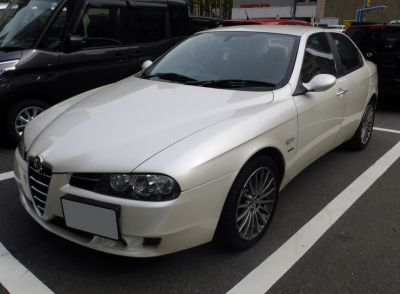
| Production: | 2003-2006 |
|---|---|
| Model Year: | 2003 |
| Length: | 4435 mm174.6 in |
| Width: | 1745 mm68.7 in |
| Height: | 1430 mm56.3 in |

| Production: | 1992-1993 |
|---|---|
| Model Year: | 1992 |
| Length: | 4325 mm170.3 in |
| Width: | 1645 mm64.8 in |
| Height: | 1370 mm53.9 in |
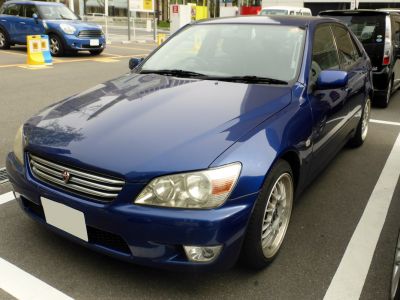
| Production: | 1998-2005 |
|---|---|
| Model Year: | 1998 |
| Length: | 4400 mm173.2 in |
| Width: | 1720 mm67.7 in |
| Height: | 1410 mm55.5 in |
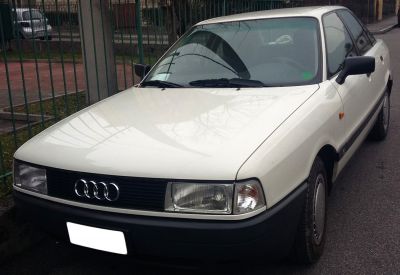
| Production: | 1986-1991 |
|---|---|
| Model Year: | 1986 |
| Length: | 4393 mm173.0 in |
| Width: | 1695 mm66.7 in |
| Height: | 1397 mm55.0 in |
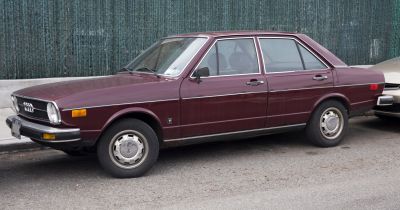
| Production: | 1973-1979 |
|---|---|
| Model Year: | 1973 |
| Length: | 4369 mm172.0 in |
| Width: | 1643 mm64.7 in |
| Height: | 1361 mm53.6 in |

| Production: | 1999-2005 |
|---|---|
| Model Year: | 1999 |
| Length: | 4466 mm175.8 in |
| Width: | 1743 mm68.6 in |
| Height: | 1462 mm57.6 in |
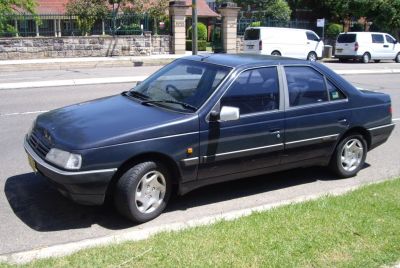
| Production: | 1992-1996 |
|---|---|
| Model Year: | 1992 |
| Length: | 4408 mm173.5 in |
| Width: | 1694-1714 mm66.7-67.5 in |
| Height: | 1390-1406 mm54.7-55.4 in |
